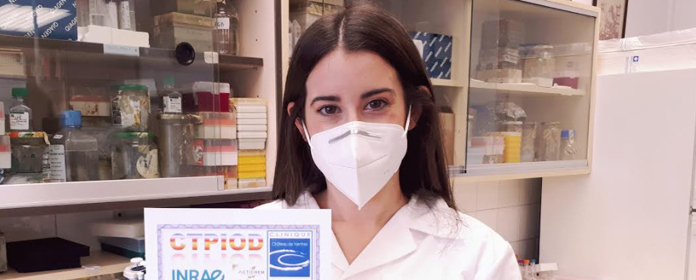The smallest device to detect cardiac arrhythmias
The Clínica Universidad de Navarra is a pioneer in subcutaneous implantation.
The Clínica Universidad de Navarra has been one of the nine pioneering centers in Spain in the implementation of the holter subcutaneous holter, a diagnostic device designed to record (monitor) arrhythmias and other cardiac events for up to three years. Issue The new device, called Reveal LINQ, has no wires and is the smallest on the market with a size of 1.2 cm3, similar to that of a tie pin, and is implanted subcutaneously. It is implanted subcutaneously, in the lower left chest area, in a procedure that takes only two minutes. It is an ambulatoryprocedure that only requires local anesthesia and not even stitches.
A holter is a diagnostic device designed to record and monitor cardiac arrhythmias and, in general, the electrical activity of the heart. To date, subcutaneous holter devices already existed, but their size was around 80% larger than the current one, and their placement required a more important intervention.
The Reveal LINQ holter consists of a system for detecting the heart's electrical activity, a battery and a transmitter system via GPS, so that it transmits all the incidents at night through the modem installed on the patient's bedside table to the Clinic's computer where, when the cardiologist requires it, all the cardiac incidents that have occurred in that patient are recorded.
Diagnostic and surveillance method
According to Dr. José Ignacio García Bolao, director of Cardiology at Clínica Universidad de Navarra, this "mini holter" is especially indicated"in people in whom there is suspicion of paroxysmal arrhythmias (arrhythmias that appear and disappear). In these patients, when the arrhythmia does not appear, the cardiac study can be rigorously normal". The importance of being able to diagnose this subject of patients lies in the fact that"there are paroxysmal arrhythmias that can be the cause of embolisms," he indicates.
In general, the implantation of this holter is indicated "in patients with suspected arrhythmias, tachycardias and atrial fibrillation among other incidences, or in patients who suffer losses of knowledge and that conventional methods have not been able to establish a clear diagnosis," describes Dr. José Ignacio García Bolao, director of Cardiology at Clínica Universidad de Navarra.
The procedure, in two minutesThe procedure has the minimally invasive character similar to that of an injection. It requires the application of local anesthesia in the insertion area of the device, parallel to the sternum. The procedure takes a total of two minutes, after which the patient can immediately return to normal life and activity.





